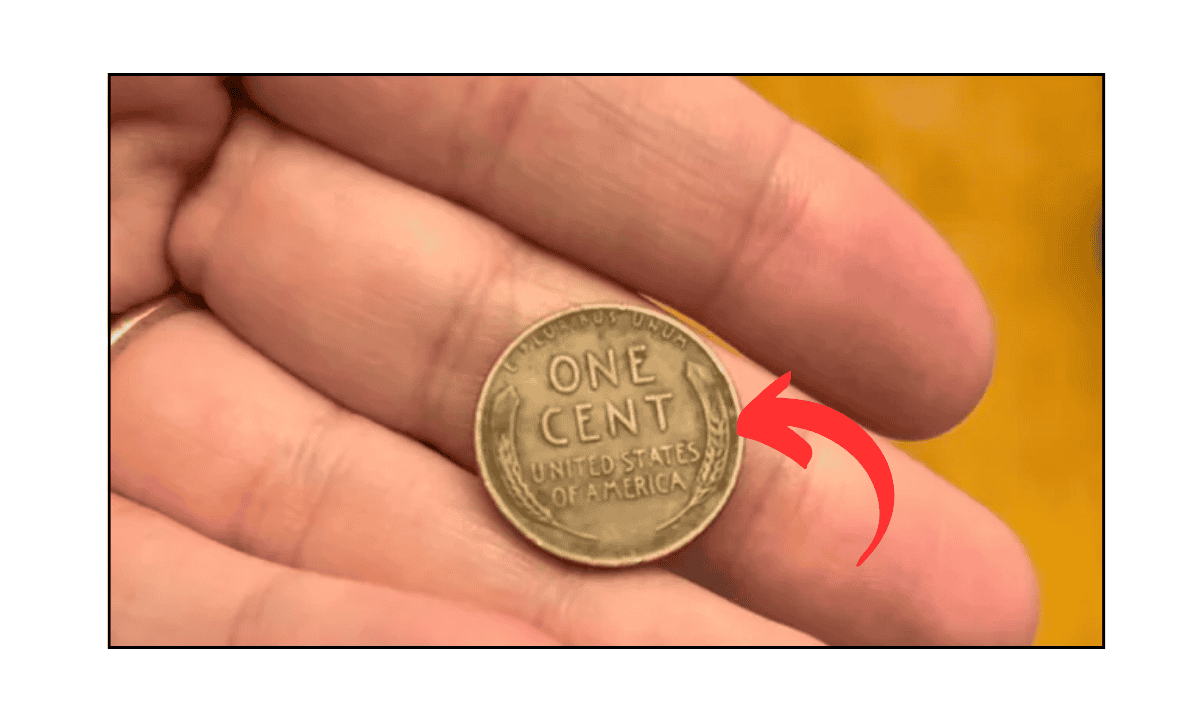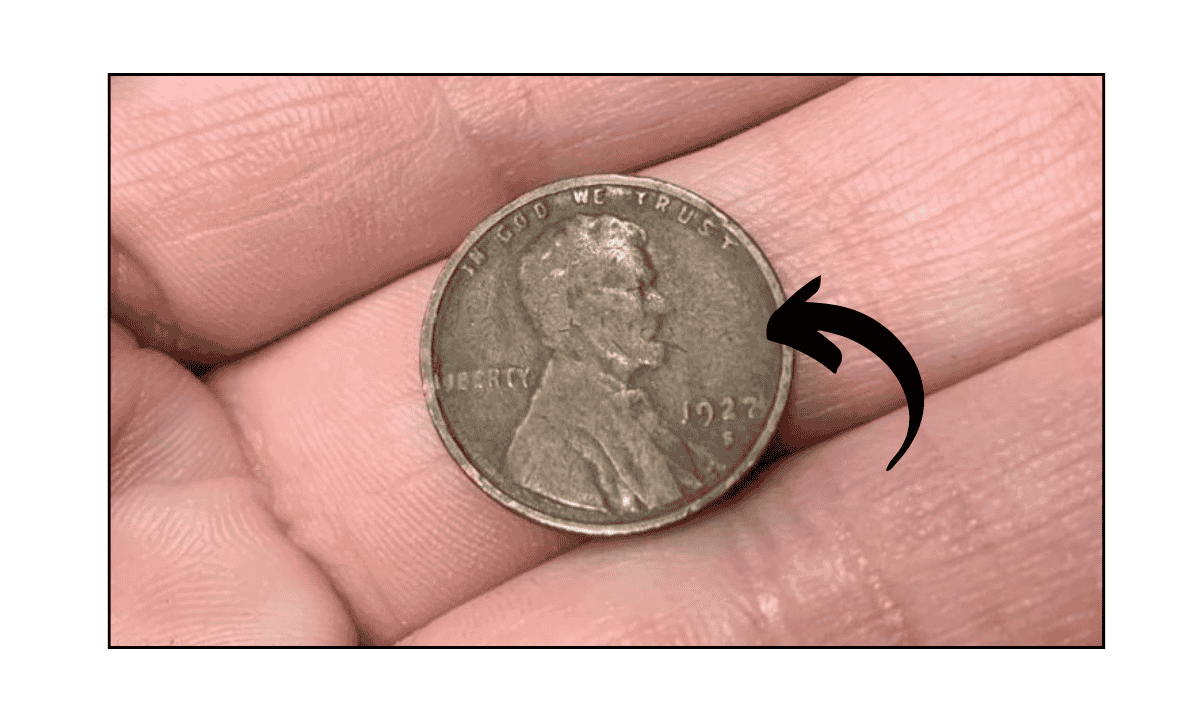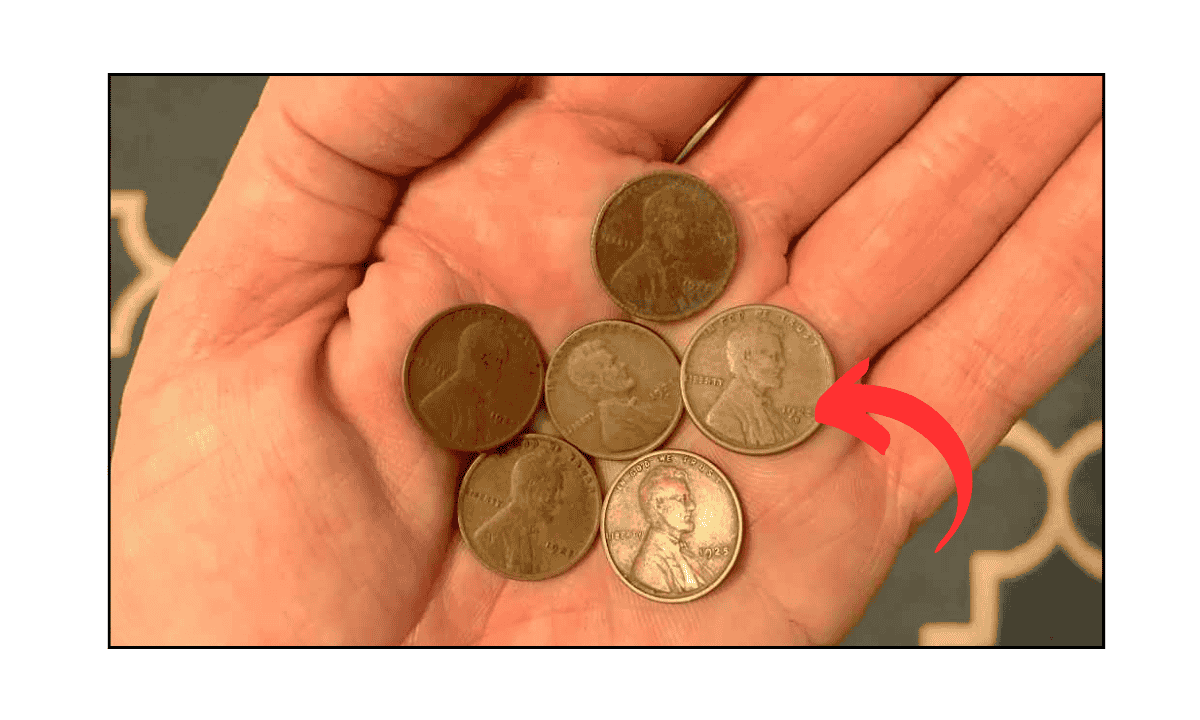Imagine finding a $4.1 million penny in your pocket change! The Lincoln Wheat Penny, one of the rarest coins in U.S. history, may still be out there. While most pennies are worth just a cent, certain rare versions—especially the 1943 Copper Wheat Penny—can fetch millions. Could you be holding one of these hidden treasures? Let’s find out!
Why Is the Lincoln Wheat Penny So Valuable?
The Lincoln Wheat Penny, minted from 1909 to 1958, is a favorite among collectors. However, some versions are extremely rare due to minting errors or limited production.
Table of Contents
The most expensive of them all is the 1943 Copper Lincoln Wheat Penny, which recently sold for $4.1 million at an auction!
The .1 Million Lincoln Wheat Penny – What Makes It Special?
During World War II, the U.S. Mint stopped using copper for pennies to conserve metal for war supplies. Instead, pennies were made from steel in 1943. However, a few copper planchets (blanks) from 1942 accidentally got used, resulting in the ultra-rare 1943 Copper Penny.
- Only a few dozen 1943 Copper Pennies exist today.
- One of these rare coins was recently sold for $4.1 million at an auction.
- Most 1943 pennies are steel—so if you find one that doesn’t stick to a magnet, you may have a valuable copper version!
How to Identify a Rare Lincoln Wheat Penny
If you’re wondering whether you have a valuable Lincoln Wheat Penny, check for these key details:
- 1943 Copper Penny – Do a magnet test: If it sticks, it’s steel and common. If it doesn’t stick, it could be the rare copper version!
- 1909-S VDB Penny – Look for “VDB” initials at the bottom of the reverse side. Only 484,000 were minted, making it a collector’s item.
- 1955 Double Die Penny – Noticeable doubling effect in the lettering, especially in “LIBERTY” and the date.
- 1922 No D Penny – A rare variation where the Denver Mint mark “D” is missing.
- 1944 Steel Penny – A few steel pennies were mistakenly minted in 1944 instead of copper. These are extremely valuable.
Could This Rare Penny Still Be in Circulation?
Yes! Though rare, some 1943 Copper Pennies and other valuable Lincoln Wheat Pennies could still be in circulation. Many people unknowingly spend old coins without realizing their worth. Searching through loose change, old piggy banks, or bank coin rolls might lead to an amazing discovery!
What to Do If You Find a Rare Penny?
If you think you have a 1943 Copper Penny or another valuable Wheat Penny, follow these steps:
- Do the magnet test – If it doesn’t stick, it could be valuable.
- Check its weight – A 1943 Copper Penny should weigh 3.11 grams, while a steel penny weighs 2.7 grams.
- Get it professionally appraised – Take it to a certified coin expert or a trusted auction house to verify its authenticity and value.
The Lincoln Wheat Penny remains one of the most sought-after coins in the world, and the idea that a $4.1 million penny could still be out there makes coin collecting even more thrilling. Next time you receive change, take a closer look—you might be holding a fortune in your hands!
FAQ’s
Why is the 1943 Copper Lincoln Wheat Penny so valuable?
The 1943 Copper Penny is valuable because it was mistakenly struck on copper planchets instead of steel during World War II. Only a few exist, making them extremely rare and valuable.
How can I check if I have a 1943 Copper Penny?
Use a magnet: If your 1943 penny sticks to it, it’s steel and not valuable. If it doesn’t stick, it may be a rare copper version. Get it professionally appraised.
What is the value of a 1943 Copper Penny?
A well-preserved 1943 Copper Penny can sell for up to $4.1 million at auctions, depending on its condition and authenticity.
Are rare Lincoln Wheat Pennies still in circulation?
Yes, though rare, some valuable Lincoln Wheat Pennies may still be in circulation. Checking old change and coin rolls could lead to a valuable discovery.
Which other Lincoln Wheat Pennies are valuable?
Other valuable Lincoln Wheat Pennies include the 1909-S VDB Penny, 1955 Double Die Penny, and 1922 No D Penny, all of which have unique characteristics making them rare.













